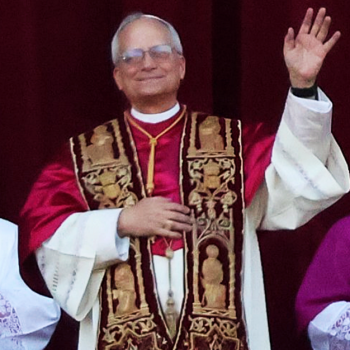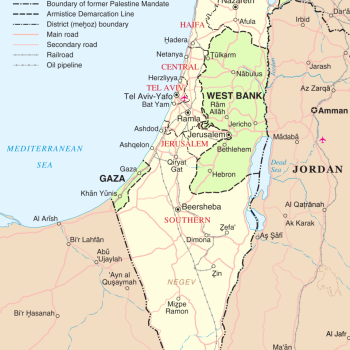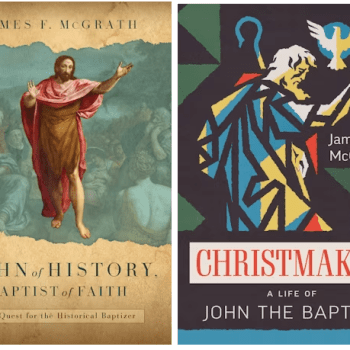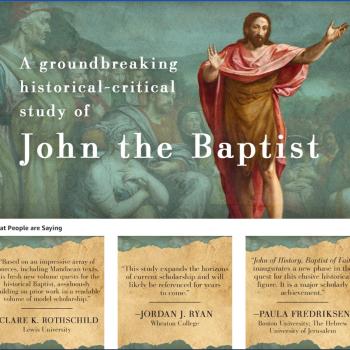As a result of the episode of the CNN series Finding Jesus which focused on John the Baptist, significant attention is being paid to bones which are supposedly his, and genetic testing of which has suggested they belong to a first-century Middle Eastern man.
See Tony Burke’s earlier post about Serapion’s “Life of John the Baptist” and now also his follow-up post about the CNN episode. I’m not sure what precise tests are supposed to have been done or how they are supposed to have determined not just the ancestry but the time from which the individual whose bones they are came. But Tony’s more recent post points out some issues with assuming that the bones in an unlabeled box are to be connected with the box which actually mentions John the Baptist.
The focus in my own work is on literature about John the Baptist, especially that of the Mandaeans. We see lots of similarities between Jewish, Christian, and Muslim depictions of the same characters. And when they are different, we often recognize polemical reasons for the changes. And so a question has come up that relates these traditions to my own work on the Mandaean Book of John. Why is the Mandaean portrait of John the Baptist so different from what we find in Christian and Islamic literature? There are instances when the Mandaean tradition may be rewriting the Gospel story about John and Jesus. But there are others which seem to be differences that show no sign of being polemically or theologically motivated. They simply look like separate traditions. The question is how to best account for this – and one possible answer is that the Mandaeans preserved traditions which arose independently from, and developed separately from, those which their Christian and Muslim neighbors developed and preserved.















